Learn binary code by exploring the binary number system, translate letters and numbers to binary code, convert binary code to text, decode a binary code message with the ASCII binary code alphabet, and grab a free binary code workbook for kids!
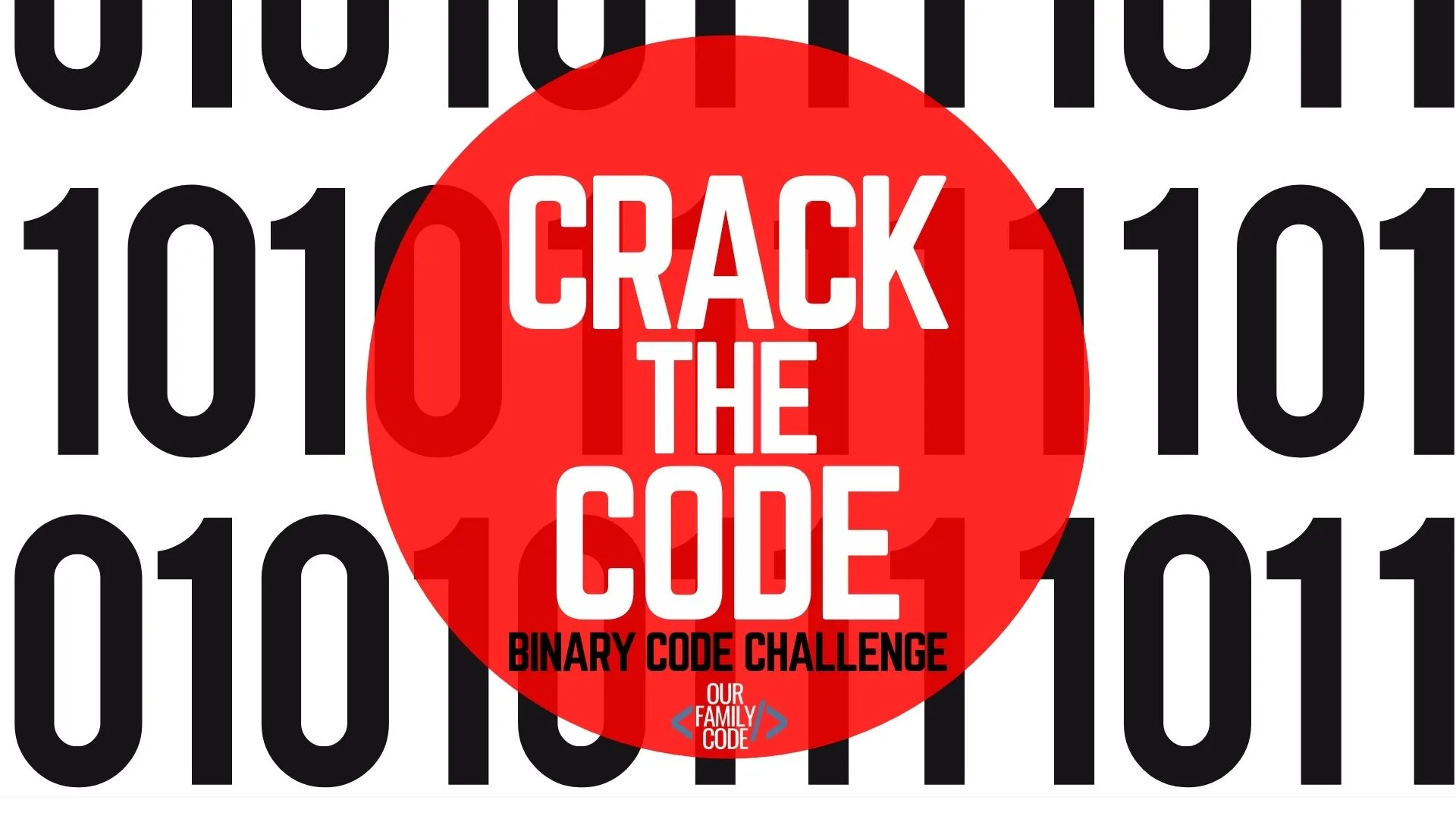
What is the Binary Number System?
In today’s digital world, binary code is perhaps one of the most important number systems. The binary number system is made up of just two digits – 0s and 1s, or bits that are used to convey information for countless technologies including computers, phones, fiber optics, satellite communications, and so many more!
My goal for this activity was to teach the binary number system and how it applies to the technologies they use in their daily lives. I also set out to teach them how to write numbers and letters in binary code as well as decode binary code into text messages.
Since I am working with younger kiddos and the 26-letters of the English Alphabet, 5-bit binary code was the perfect solution.
8-Bit Binary Strings
Most modern computers use an 8-bit binary code string. The first three bits of each sequence determine the type of character such as capital letters, lower case letters, punctuation and symbols, and numbers.
I shortened the binary code strings throughout this project to help introduce binary coding. To convert our 5-bit strings to 8-bit strings, you can add three bits to the beginning of your sequence. For example, the letter a is represented by “00001” in 5-bit strings.
If you would like to write a capital “A”, the 8-bit string would be “01000001″. If you would like to write a lower case “a”, the 8-bit string would be “01100001″.
However, for the sake of keeping this activity simple for newer kid coders, the entire activity and worksheets use only 5-bit binary code. We will tackle 8-bit strings soon enough!
This post contains affiliate links. As an Amazon Associate, Our Family Code earns from qualifying purchases. Please see our Disclosure Policy for more details.
Why STEAM Activities?
STEAM is the abbreviation for Science, Technology, Engineering, Art, and Math.
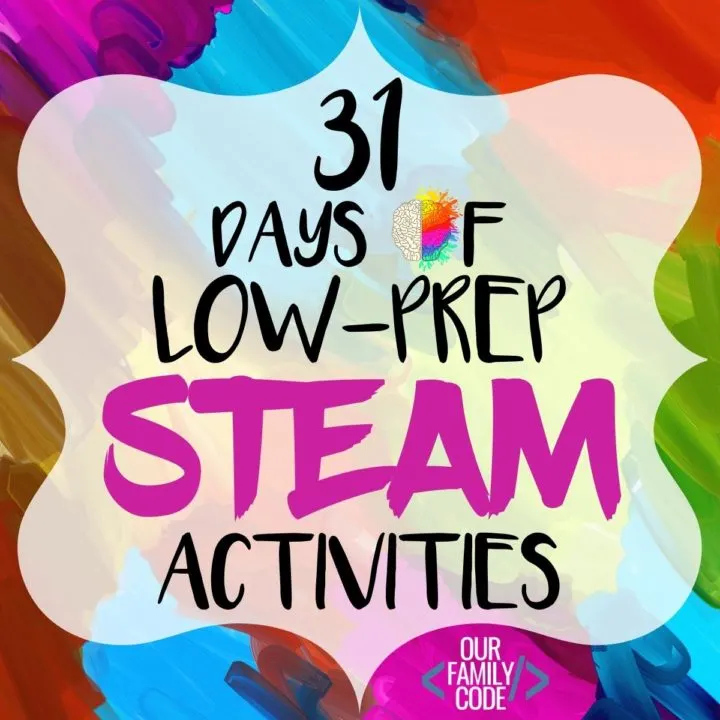
STEAM, like STEM, is an integrated approach to learning that encourages learners to make connections between the concepts they are learning and how they apply them to real-world problems.
STEAM helps students ask questions, problem solve, think creatively, and produce innovative solutions. Many schools have adopted STEAM learning activities into their curriculum, but it’s never too early to start building critical thinking skills.
We love to learn through play at our house and have a blast doing activities for toddlers all the way to tweens!
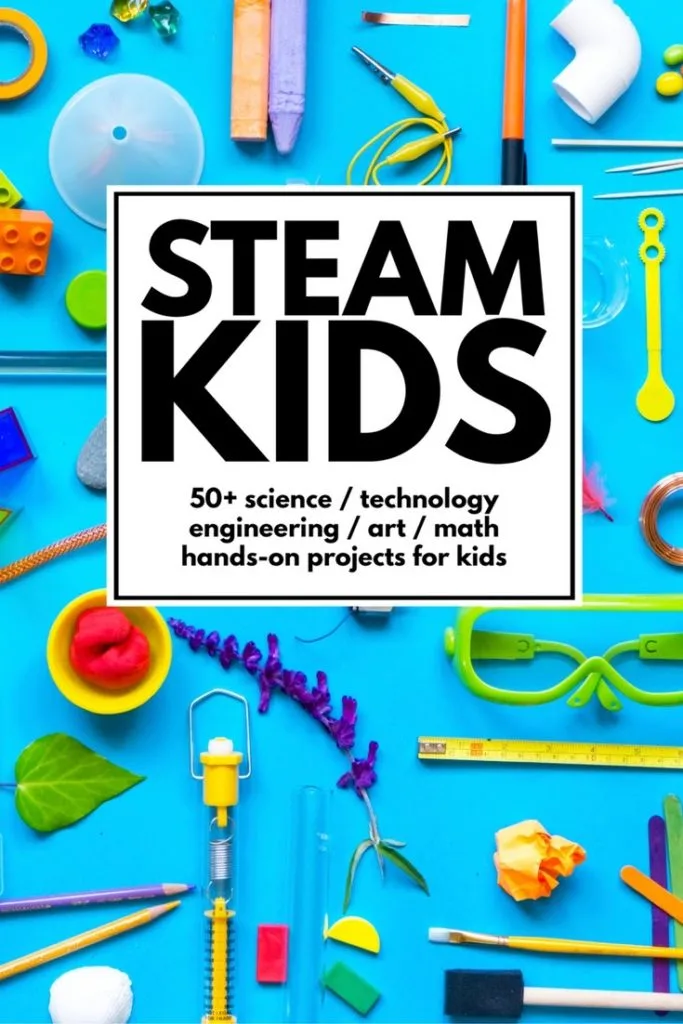
Looking for some more hands-on activities that incorporate Science, Technology, Engineering, Art, and Math (STEAM)? Then you have to check out STEAM Kids!
This book features more than 50 hands-on activities that are organized into easy to implement categories, so you know exactly what concepts your kids are learning!
Grab your copy from Amazon today or get instant access to this great book by purchasing a downloadable PDF!
Important Terms to Teach Kids Binary Code
- Binary number system – a Base 2 number system used in many different technologies to communicate information
- Bit – a binary digit (a 0 or 1) that represents one of two states (hence the name BI-nary) such as yes/no or on/off
- Byte – a string of bits that represent a character such as a number, lower case letter, upper case letter, punctuation, symbols, etc.
- Decimal system – the Base 10 number system that we use every day (0-9)
Binary Code Activity Supplies
- Paper
- Pen or Pencil
- Binary Code Challenge Worksheet (grab this further in the post!)
Teach Kids the Basic Concepts of the Binary Number System
Trace your right hand on a sheet of paper. Starting from left to right, write the numbers 16, 8, 4, 2, and 1 on your fingers.
Since you traced your right hand, your thumb will be number 16 and your little finger will be marked with the number one.
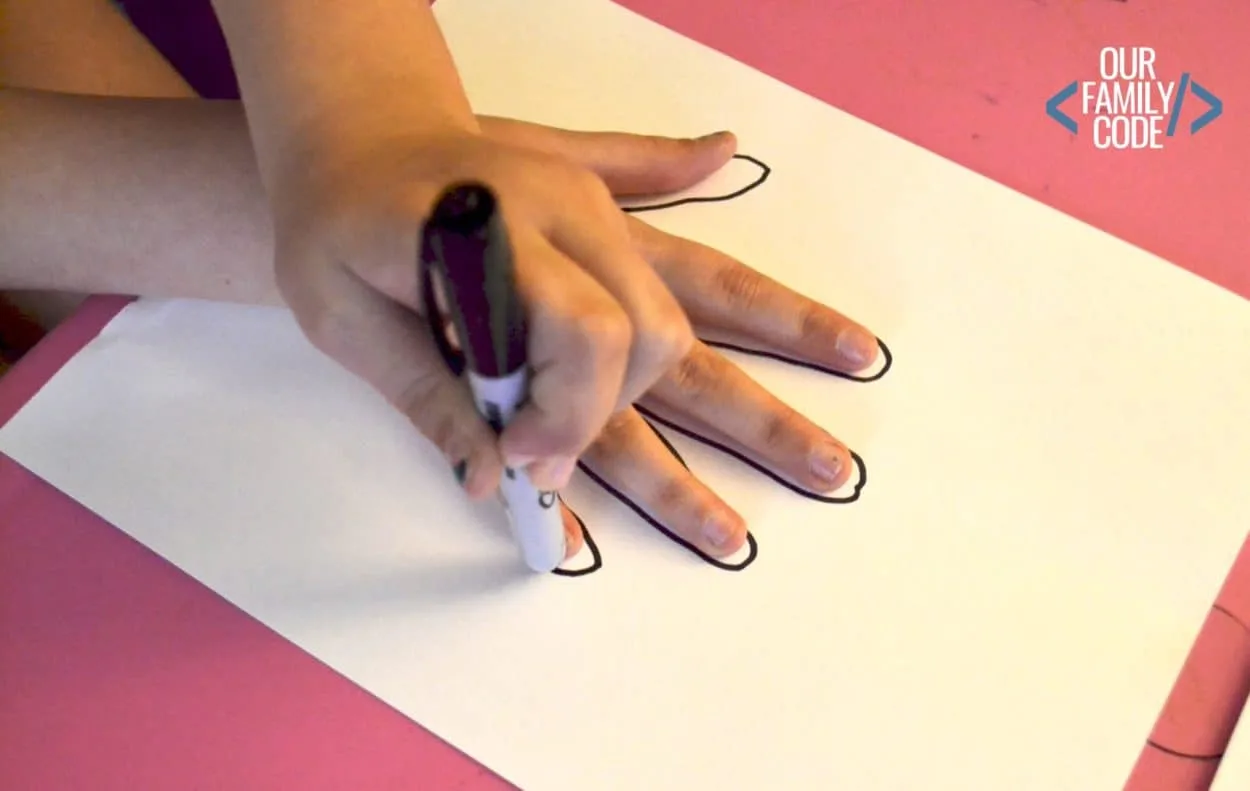
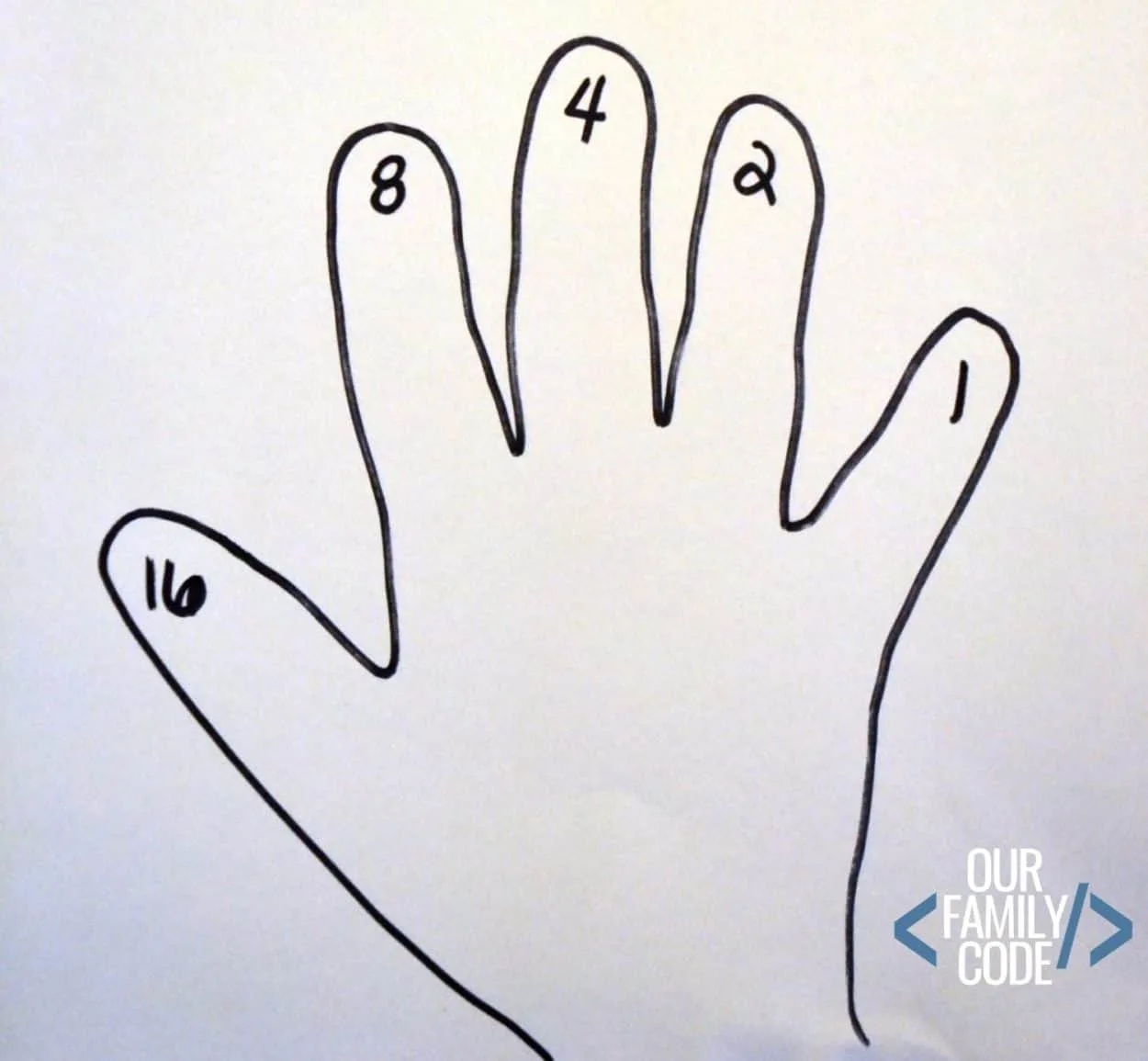
Hold up your left hand with your palm facing you (the order of your fingers should match the order of your handprint you drew in Step 1). I chose to have my palm facing us because it was easier to manipulate our fingers for the exercise.
Now, you can use your hand and the numbers you wrote on your paper to add up to the number 31 (in decimal numbers), which is the max for 5-bit binary code strings.
Since we are working with the English alphabet, we are going to focus up to the number 26 because there are 26 letters in the alphabet.
Decode Binary Code with a Hand Method
When you hold your ring finger up and the rest of your fingers down, you have the number two. If you hold your pinky up, but have the rest of your fingers down you have the number 1.
When you hold all of your hands up, the sum of your fingers is 31, so your hand represents the number 31. If you close your hand with no fingers up, what number do you think this represents? Zero.
To get the number 14, what fingers do you hold up?
When a finger is raised, it represents one bit in your binary code.
For example, if your pinky finger is raised and all other fingers are down it equals the number one when you reference your handprint sheet right?
The number 1 is written in binary code as 00001. Your first four fingers are curled down and your pinky finger is up.
The number 2 in binary code is 00010 because you would leave your ring finger raised and close all of your other fingers when you reference your handprint sheet.
What about the number 4? Or the number 5? What about the number 12? Can you make the number 16?
My 10yr old laughed so hard when she and her 6yr old sister had to use their middle fingers because that’s what 10yr olds do. It’s all in the name of learning right!?
You might also like: Computer Science, Coding, and Tech Projects for Kids
How to Code the Alphabet by Representing Letters with Numbers
Next, let’s learn how to turn binary code to text with a binary code alphabet exercise. To begin, write your name down. Leave a space between each letter.
Write down the number in the binary code alphabet for each letter. You can also reference your 5-Bit Binary Code decoder reference sheet from your printable Binary Code Workbook to convert letters to binary code.
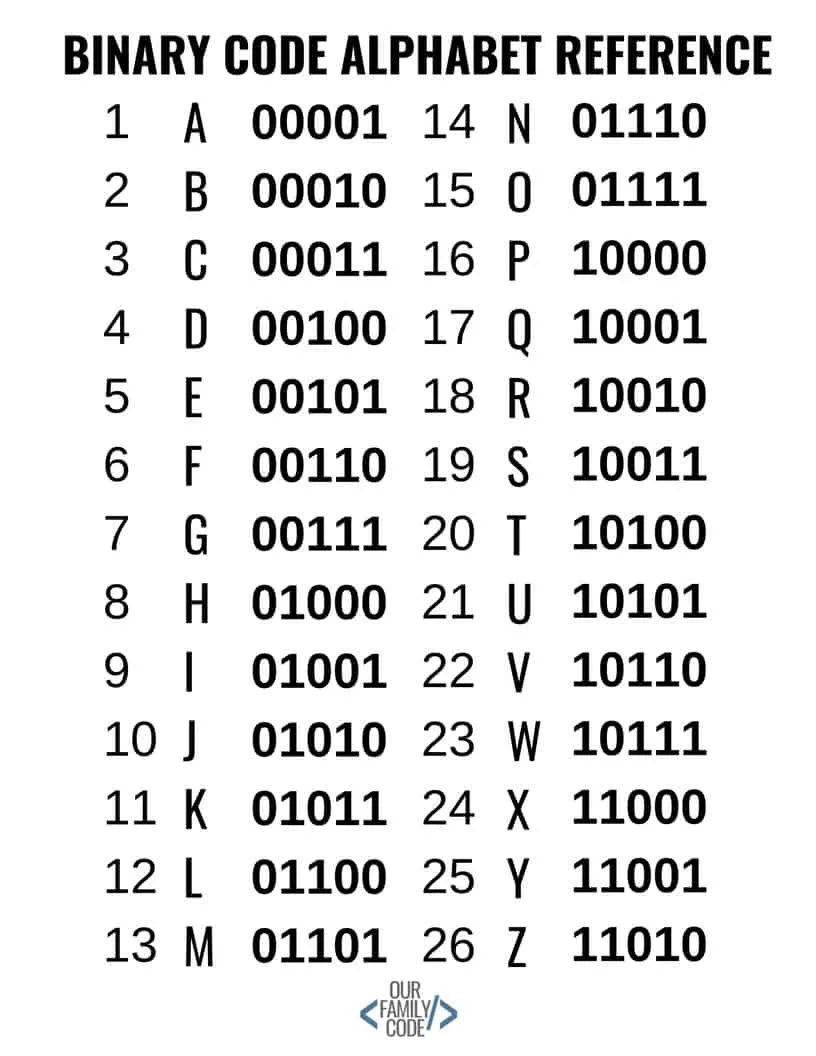
Then, use your handprint (if you need to) to convert numbers into binary code using your binary code hand method.
<<CLICK HERE TO DOWNLOAD THE ASCII BINARY CODE WORKBOOK FOR KIDS>>
Teach Kids Binary Code with a 5-Bit Binary Code Challenge
Use a blank piece of paper to write a small message to your kiddo! I used “I love you”, which is the following in 5-bit binary code.
Translate “I love you” in Binary Code
The code has been decomposed into 5-bit components to make it a littler easier to decode.
01001-01100-01111-10110-00101-11001-01111-10101
Now, you are ready to Crack the Code with this Binary Code Challenge Worksheet! The binary code on the worksheet is decomposed into 5-bit binary code components to make it easier for new kid coders to work through!
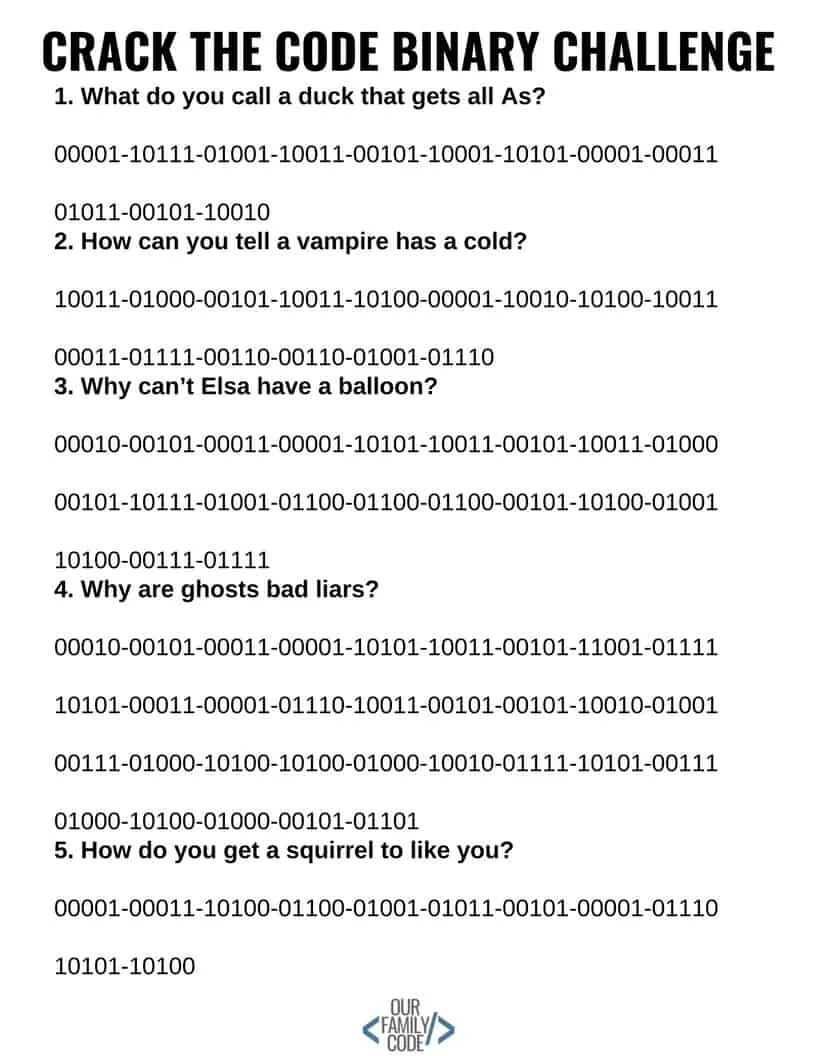
<<CLICK HERE TO DOWNLOAD CRACK THE CODE BINARY CODE WORKBOOK WITH BINARY CODE DECODER>>
FREE Halloween 5-Bit Binary Code Joke Cards for Kids!
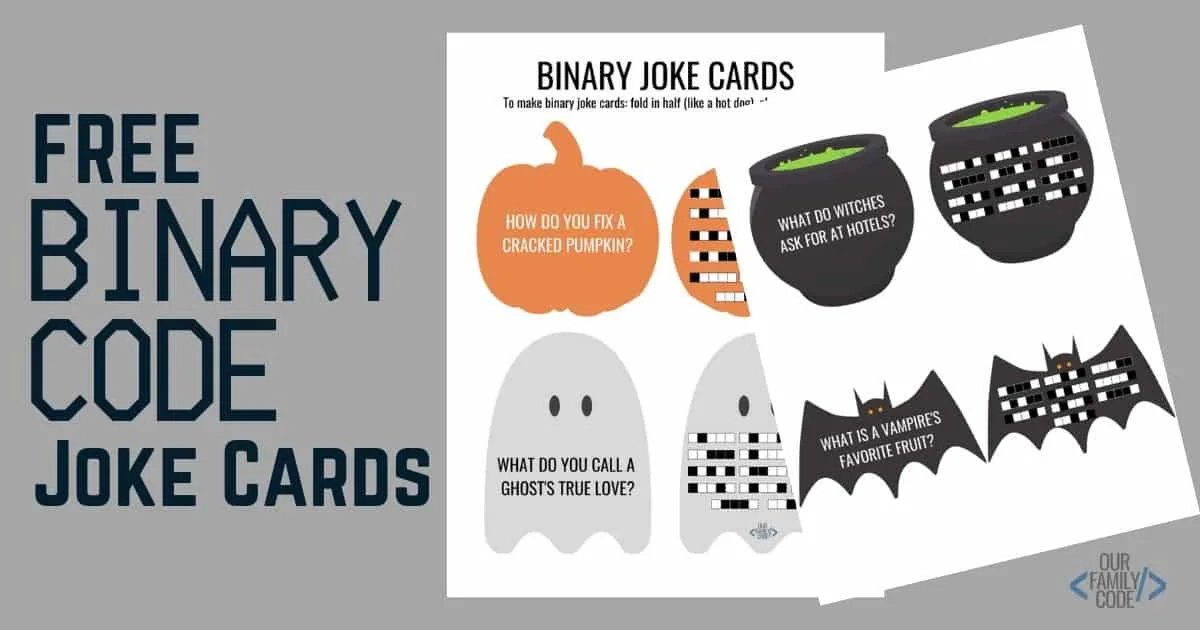
These are super fun, printable Binary Code Joke Cards! Print them out, fold them in half like a hot dog, glue the inside and then cut them out!
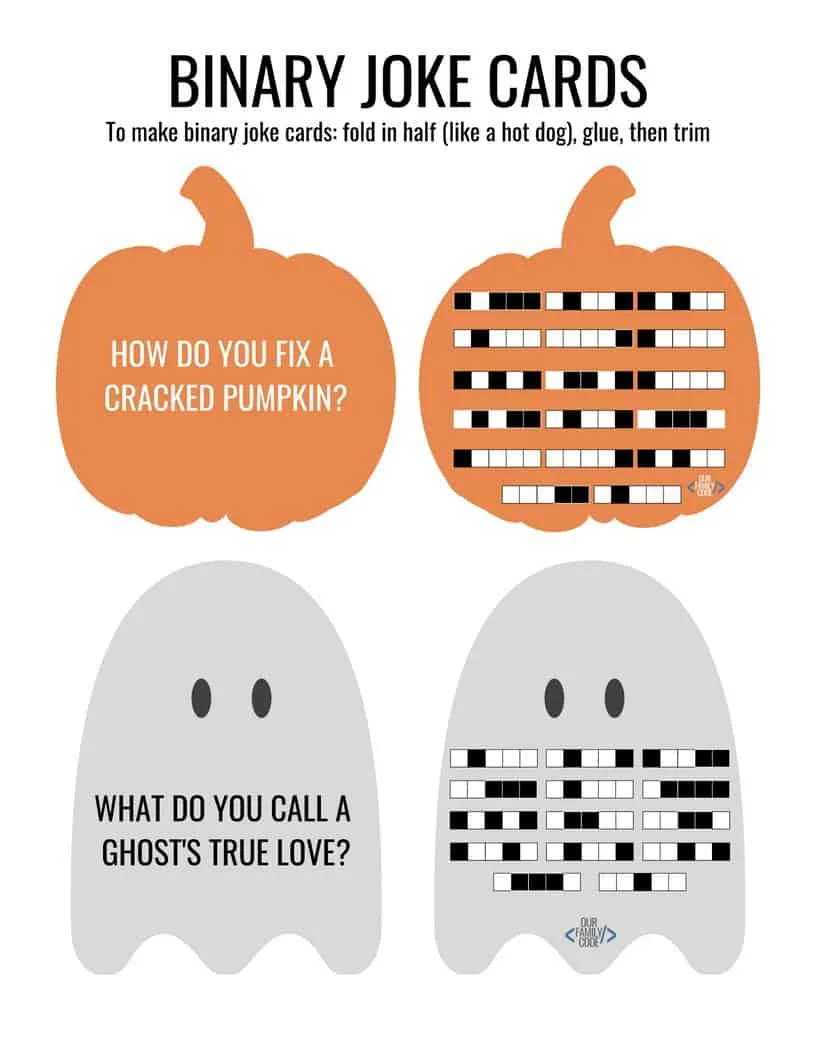
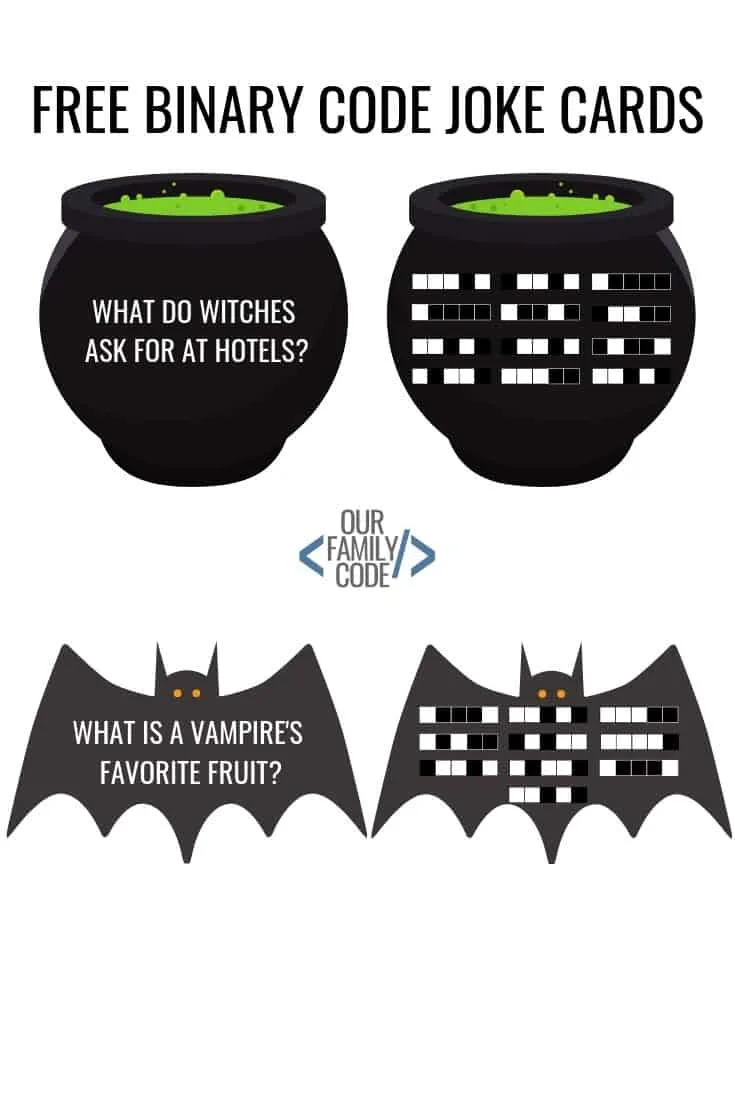
<<CLICK HERE TO DOWNLOAD HALLOWEEN STEAM BINARY CODE JOKE CARDS>>
How to incorporate other STEAM buckets into your Binary Code Activity
In order to be deemed a STEAM project, an activity must have two disciplines in it. The Crack the Code activity incorporates Technology and Math. Below, I’ve included some extension ideas for other buckets of STEAM!
Engineering
Use “On/Off” to express your binary code bits. For example, “00001” or “A” would be “Off, Off, Off, Off, On”. Now, grab a flashlight and use your hand to cover the light for “Off” and show the light for “On”. Practice with coding your name in binary code with your flashlight.
Art
Use binary code to make some awesome artwork with your name in binary code. You can choose two bead colors to represent zeroes and ones and then turn those beads into bracelets or necklaces.
Check out these computer programming and coding books to read with your activity!
- Lauren Ipsum: A Story About Computer Science and Other Improbable Things by Carlos Bueno
- Who Says Women Can’t Be Computer Programmers? The Story of Ada Lovelace by Tanya Lee Stone
- Hello Ruby: Adventures in Coding by Linda Liukas
- How to Code a Sandcastle by Josh Funk
Looking for ways to teach your kids coding skills?
31 Days of Low-Prep STEAM Activities for Kids
This activity is part of our 31 Days of Low-Prep STEAM Activities for Kids. Every activity focuses on each of the buckets of STEAM (Science, Technology, Engineering, Art, & Math) although these integrated projects fit in more than one bucket.
You and your kiddos are going to love all of the activities that we have in store! Visit the 31 Days of Low-Prep STEAM Activity hub and pin it, so you can come back and visit it daily!
PIN THIS IMAGE TO SHARE THIS LOW-PREP STEAM ACTIVITY!
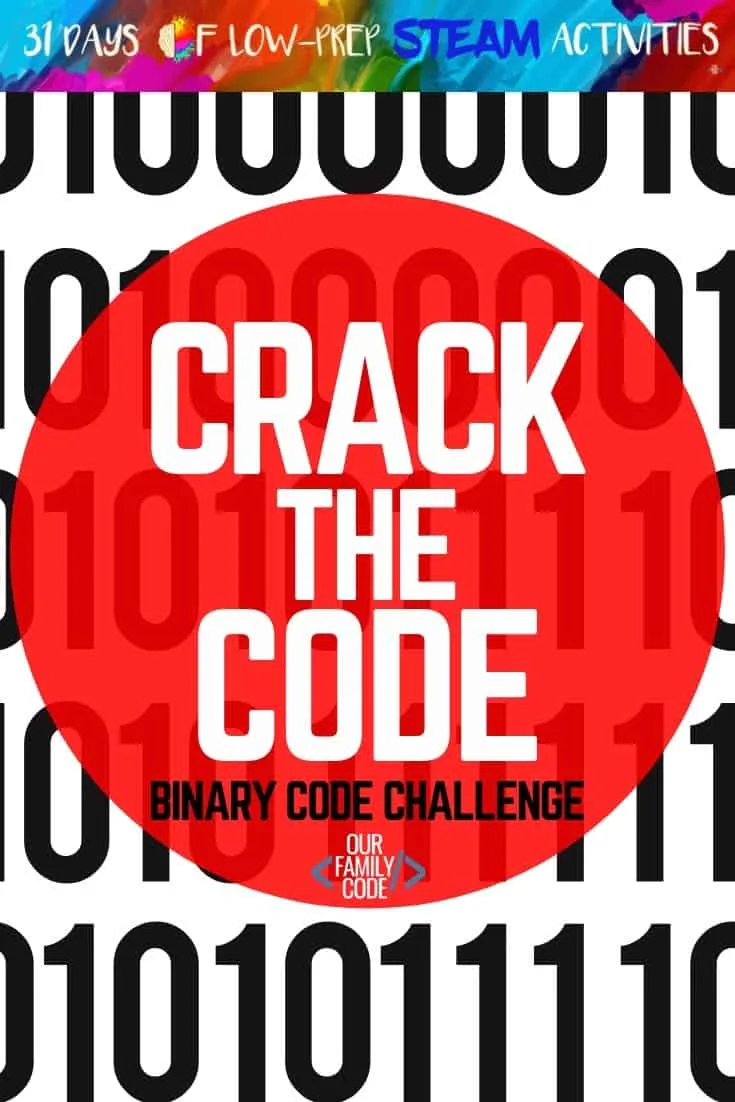
Meet Toni, the Maker Mom behind Our Family Code

Hey there, I’m Toni! I’m a software engineer and Maker Mom that finds my joy in unleashing my children’s curiosity by exploring STEAM concepts with my fantastic five!
When I’m not chasing toddlers or raising tweens, you can find me tearing things up and putting them back together over here at Our Family Code.
I am the owner and content creator of multiple educational websites designed to increase access to STEAM & STEM education with a focus on teaching computer science and coding to kids of all ages!
You can also find out more about me by visiting ToniGardner.com!
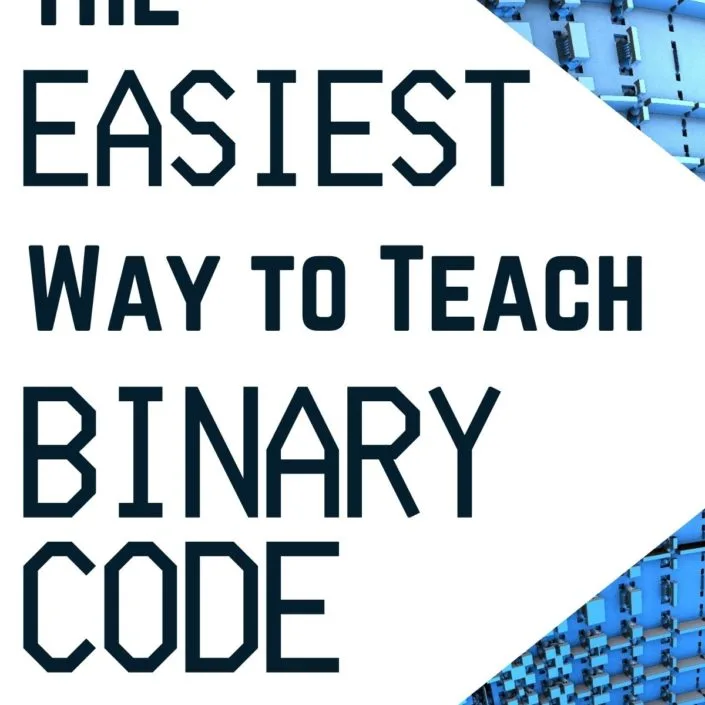
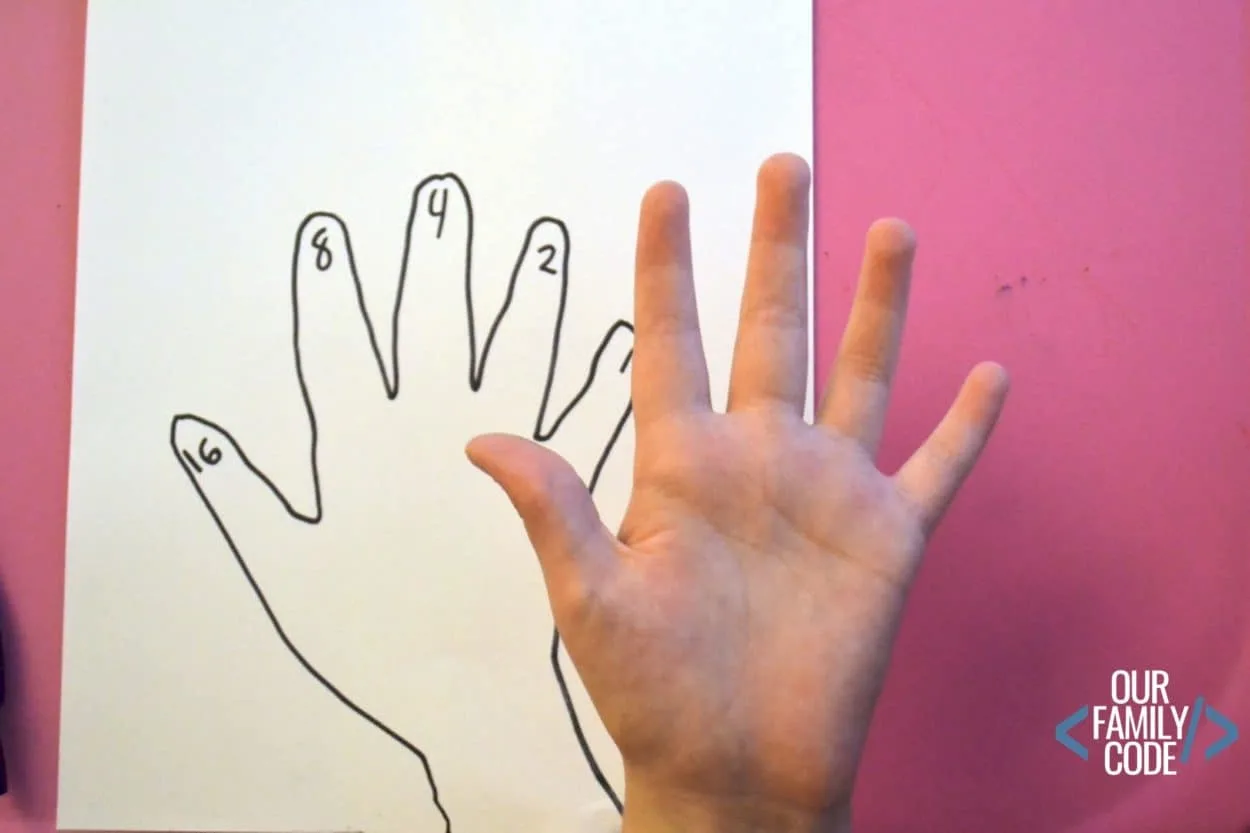
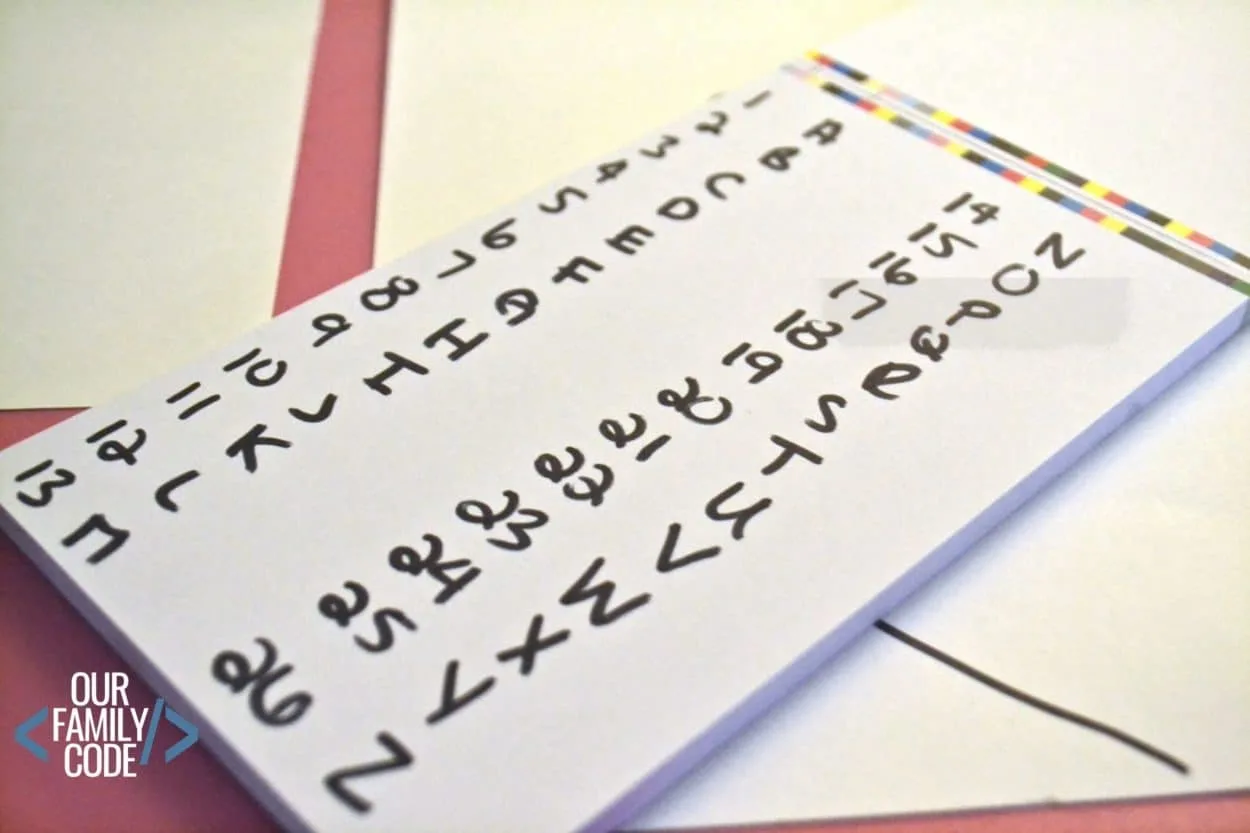
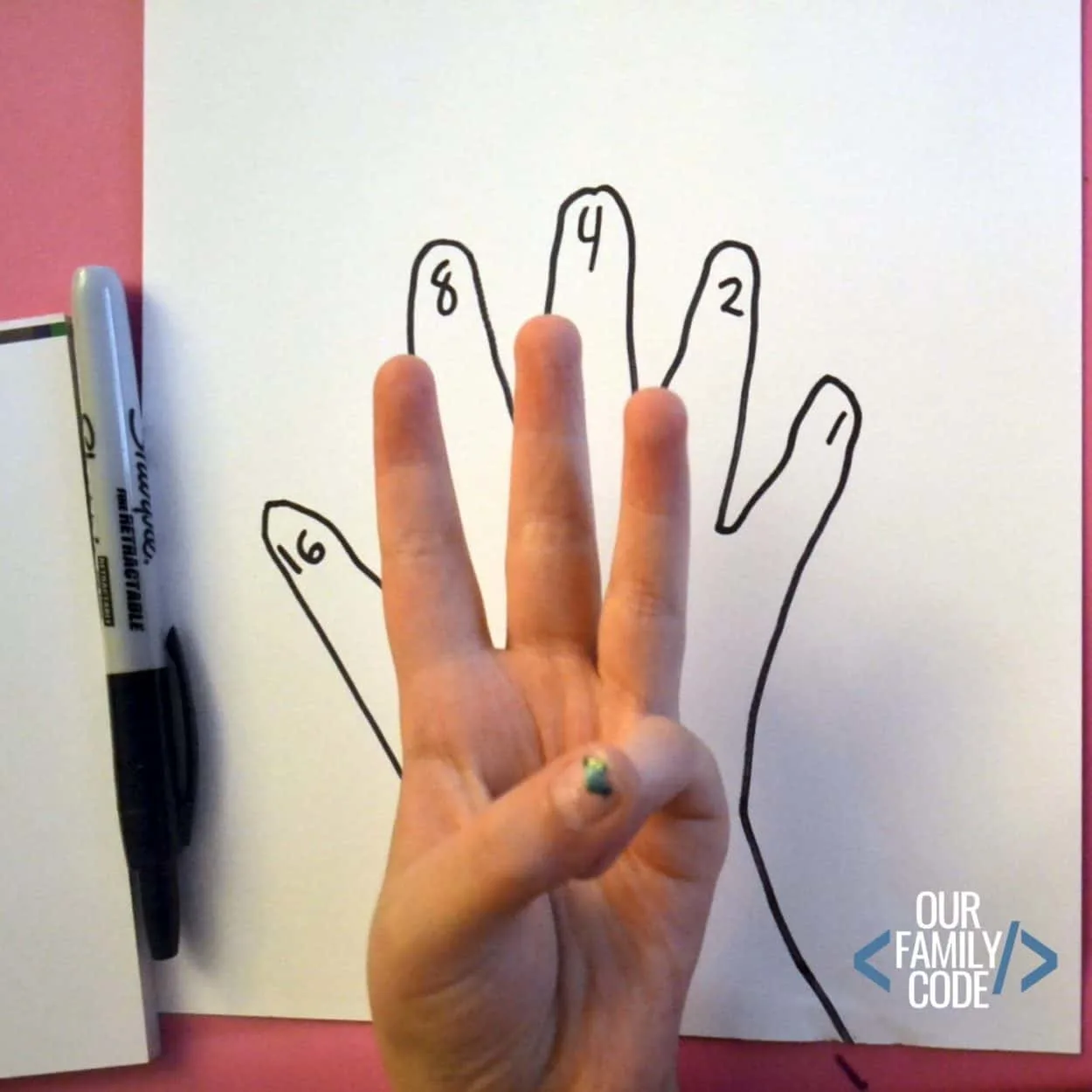
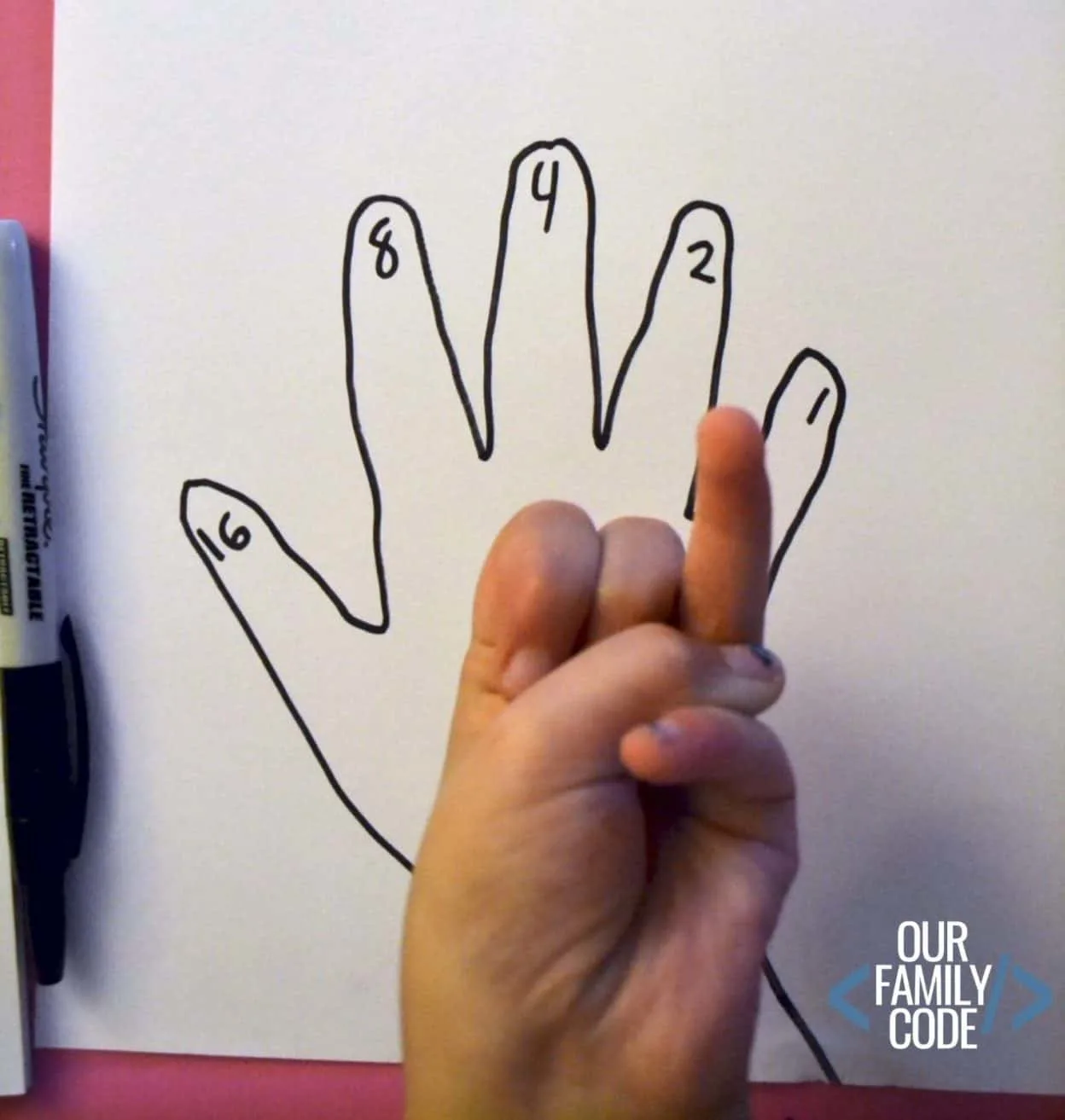
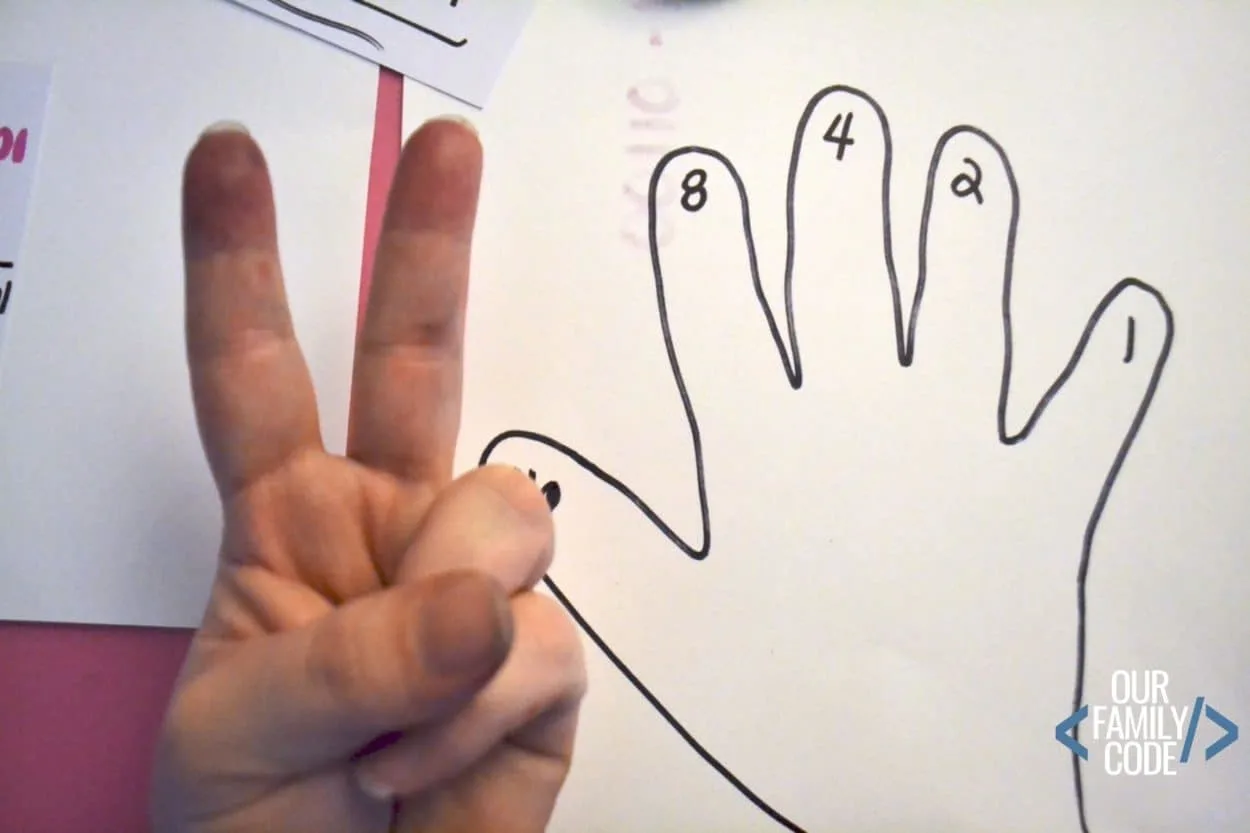
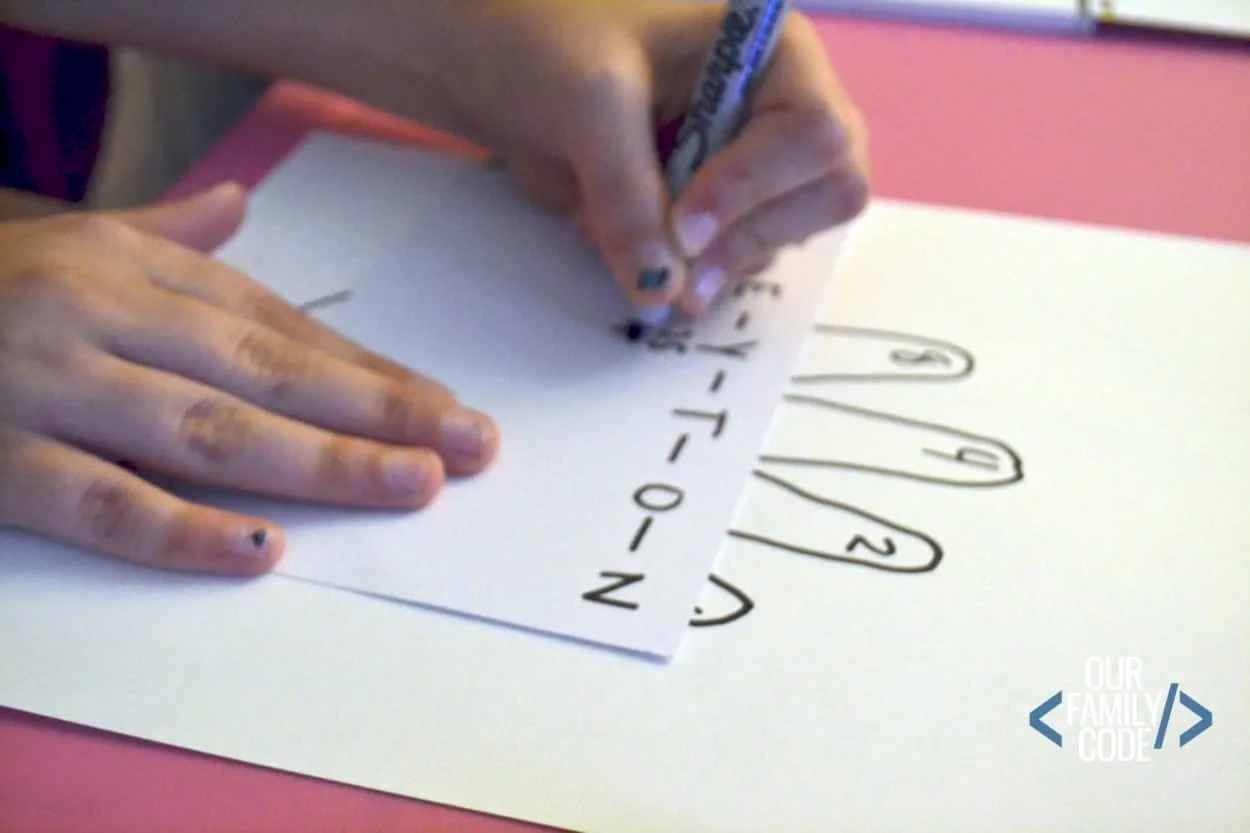
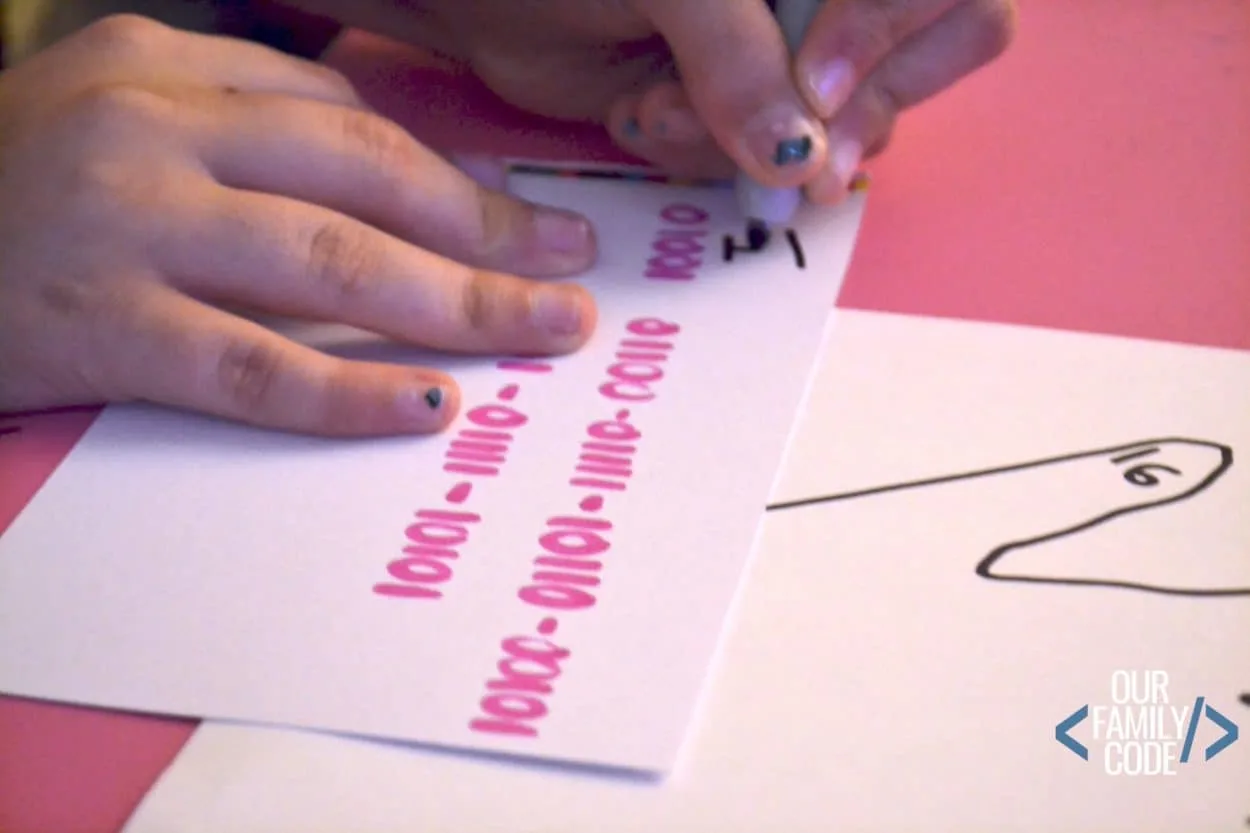
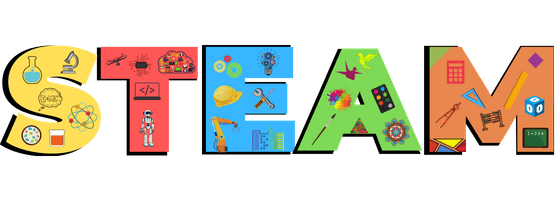

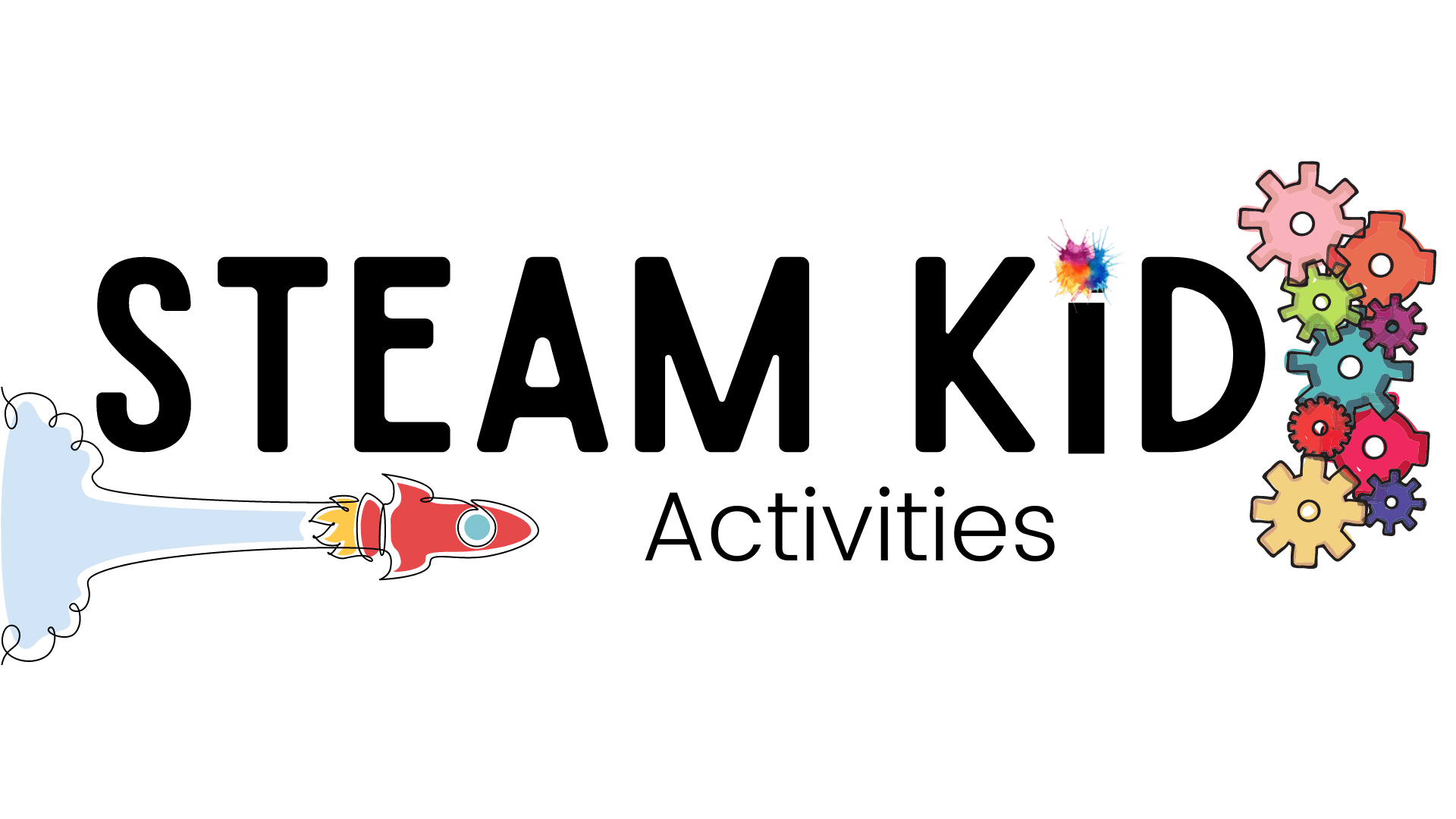

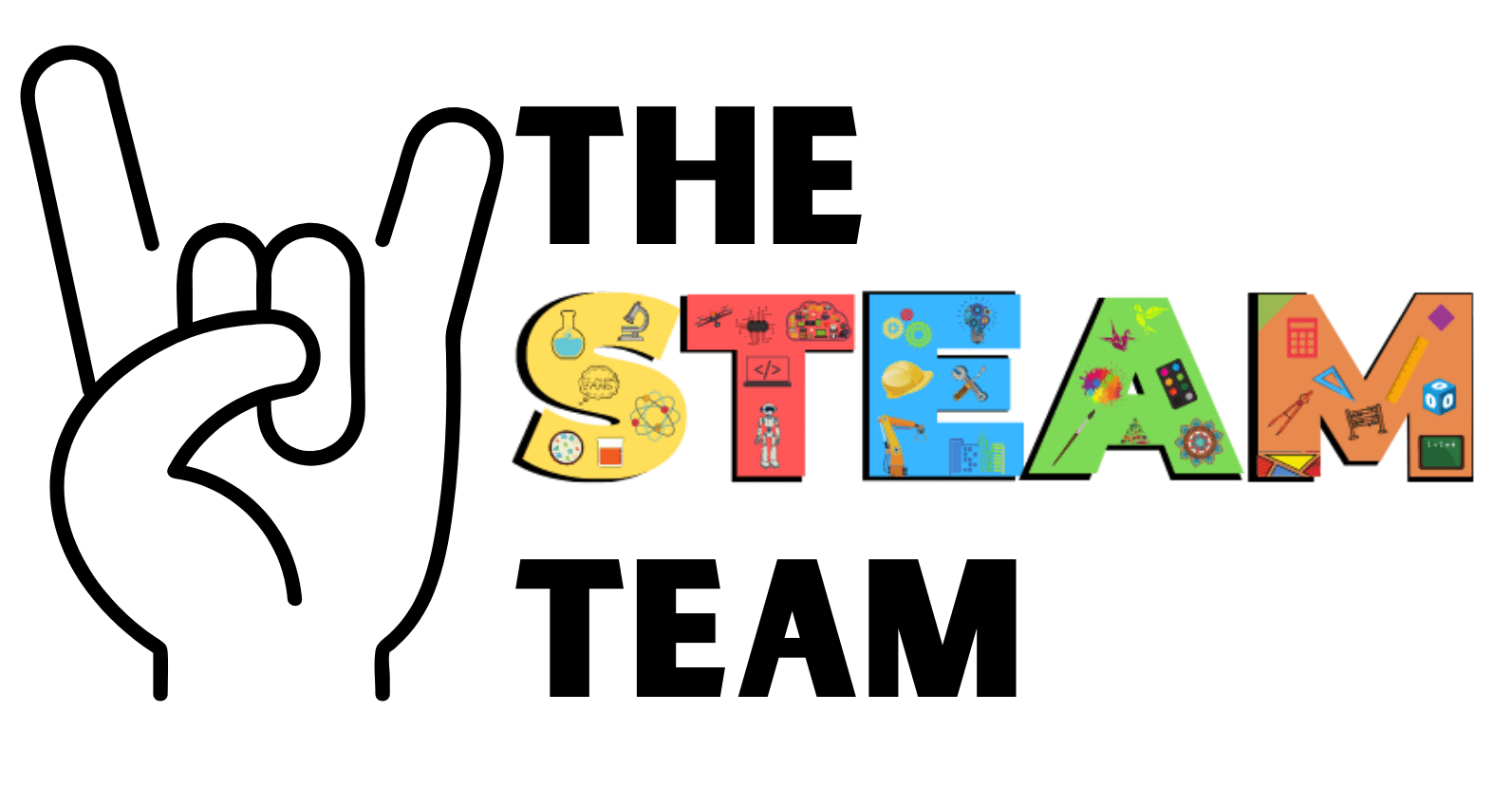
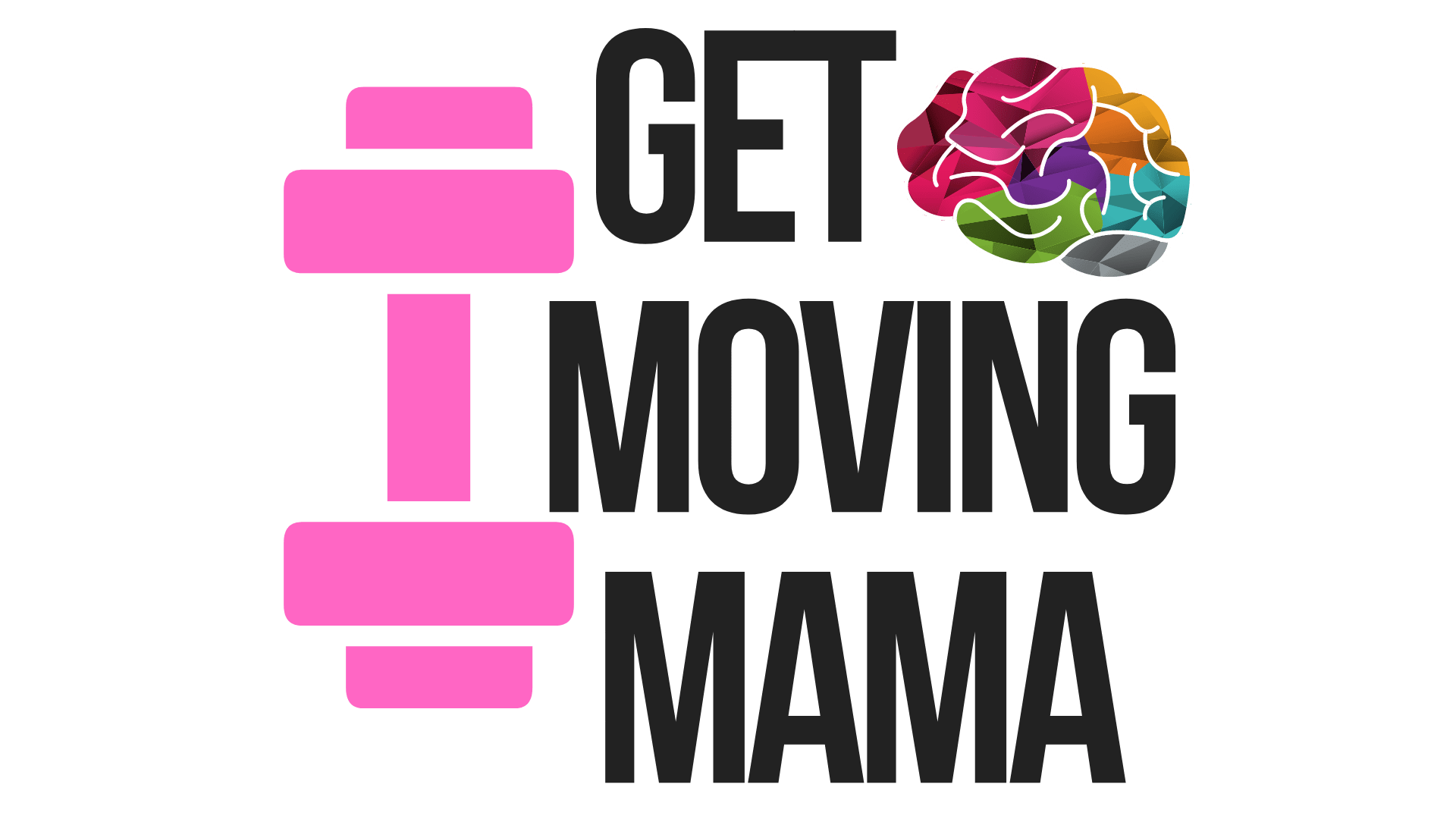
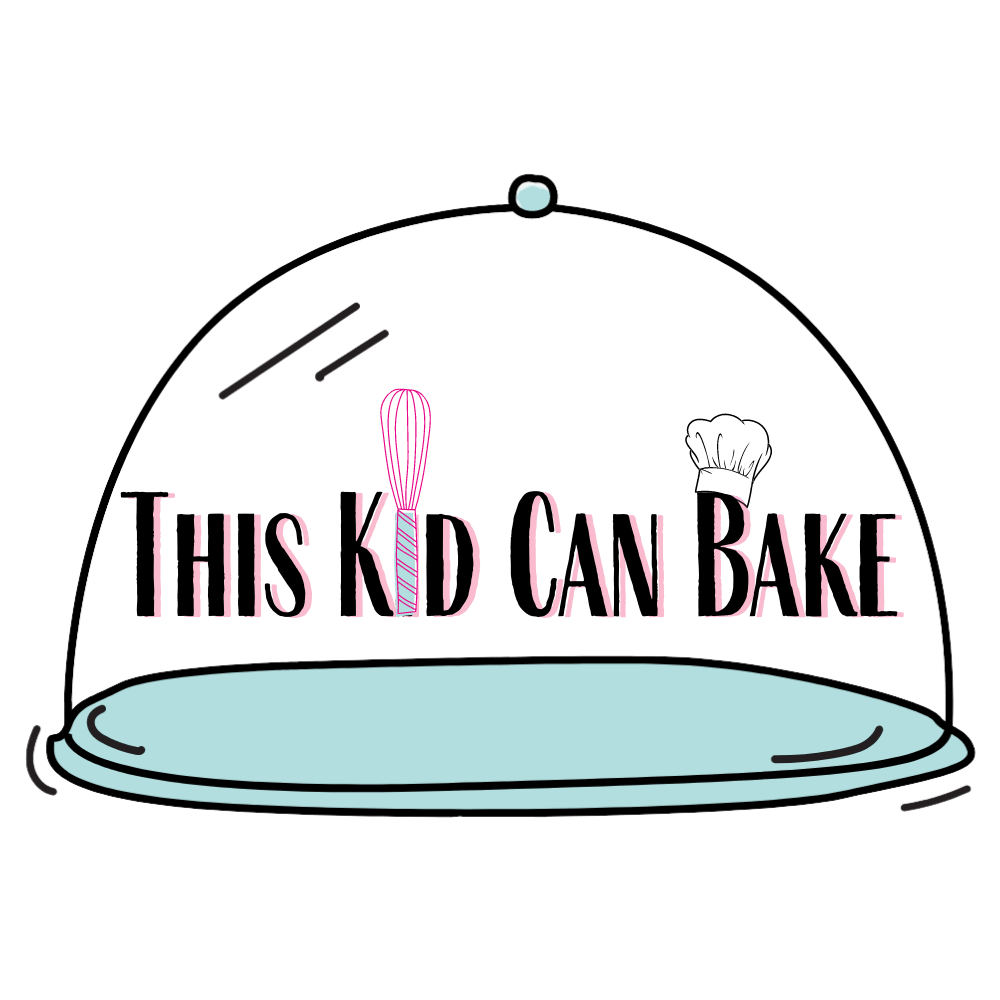
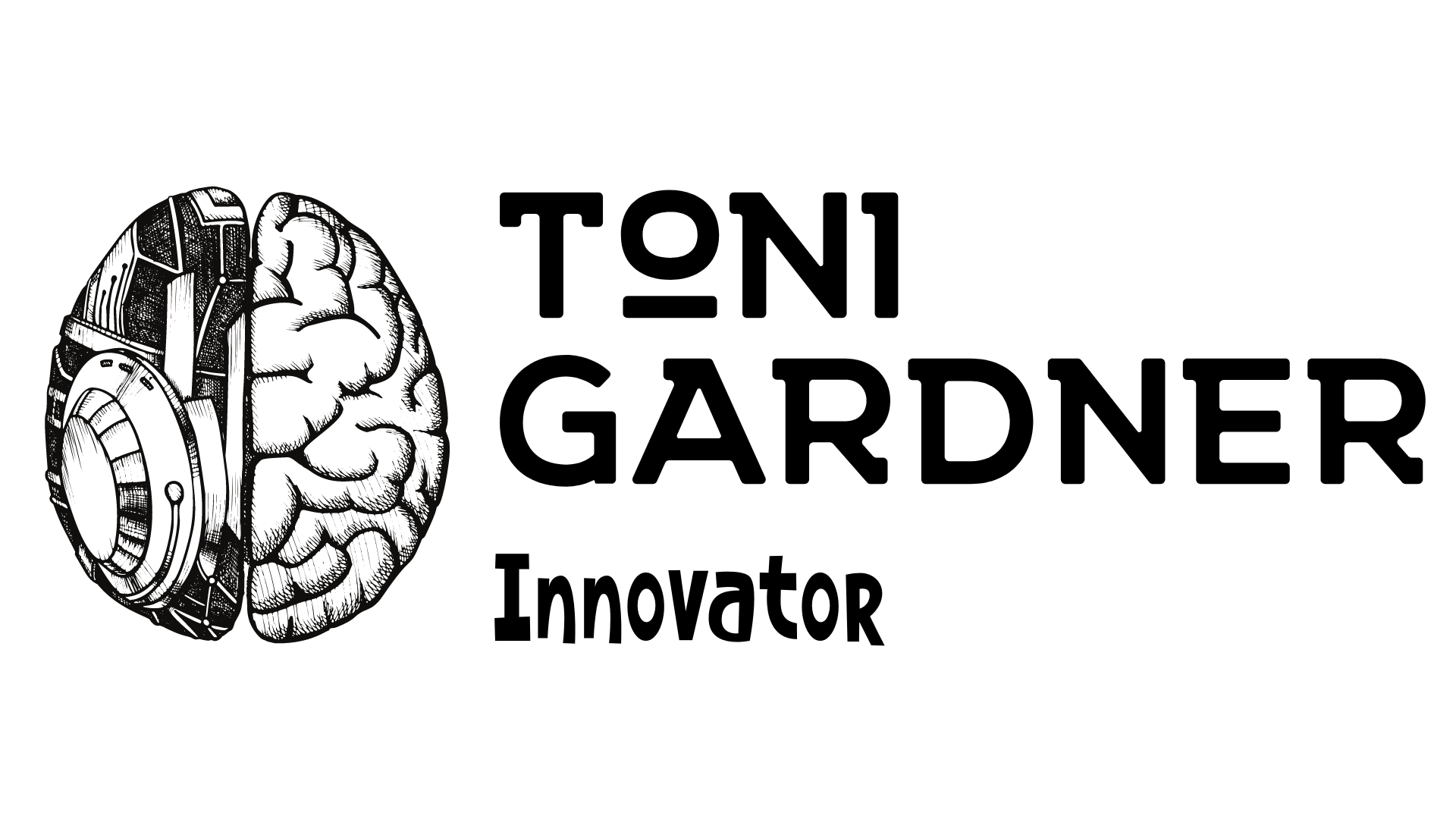
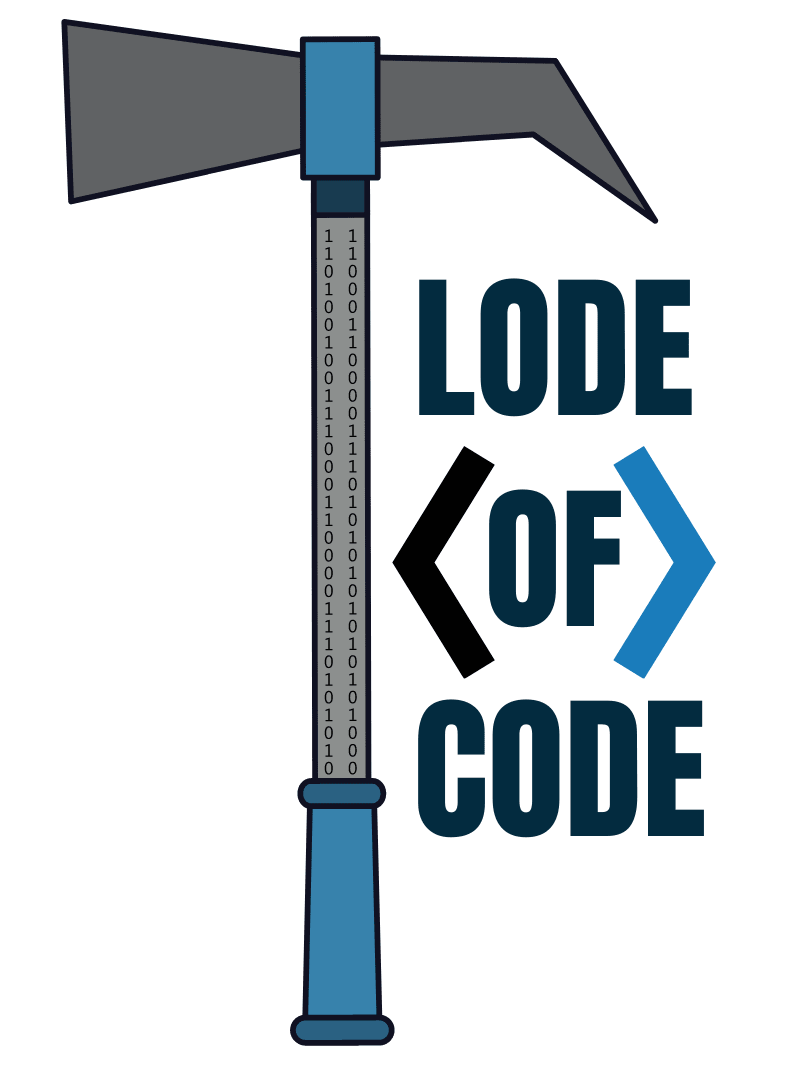
TechyKids
Thursday 5th of November 2020
You have shared some amazing activities to make learning of coding for kids little interesting. Kids will have a great time enjoying this activity for long hours. When kids to learn to code they develop their critical thinking as well as problem solving skills. Thanks for sharing such interesting ideas with us!
Sarah
Monday 8th of October 2018
It's such a great skill for kids to learn to code. These are great activities.
Shari Dawson
Monday 8th of October 2018
I bet my nephews would love this! I may have to practice a bit myself first though lol.
Toni
Monday 8th of October 2018
It's actually really easy. I suggest just going through the hand counting method. Use the handprint and then add up the numbers and then match that to the corresponding number in the English alphabet. Like E=5, which is your middle finger plus your pinky (4+1).